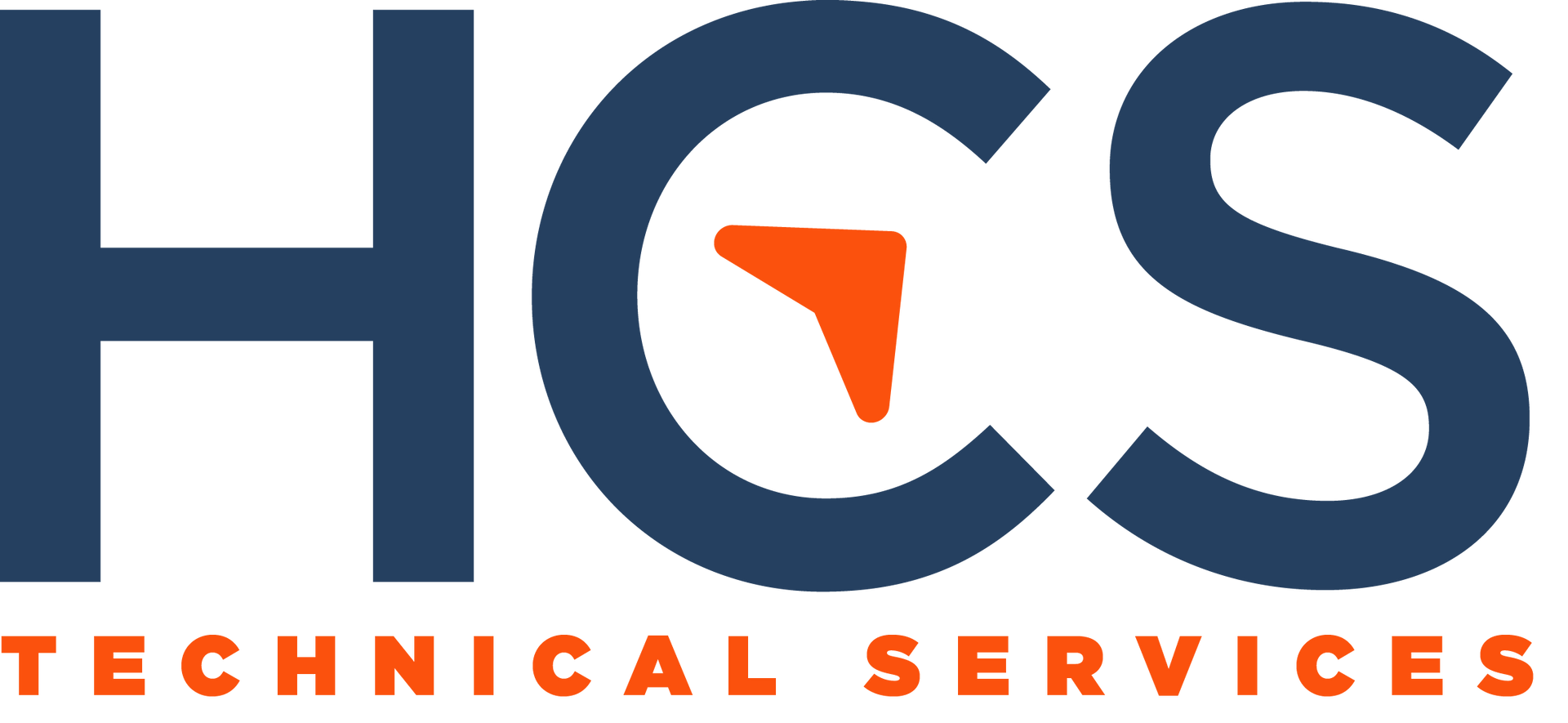Business Email Compromise Attacks Exploded Last Year: Is Your Business Safe?
Your Inbox Is a Battleground: BEC Attacks Soared 81% Last Year. Here's How to Defend Your Business

If you think email is just a harmless communication tool, think again. Your inbox has become a favored target for cybercriminals, and Business Email Compromise (BEC) is one of the most devastating scams out there. In 2022 alone, these attacks jumped a staggering 81% – and the truly scary part? Up to 98% of your employees might not even recognize the danger.
The Anatomy of a BEC Attack
BEC isn't your average spam email. These attacks are carefully planned and personalized:
- Reconnaissance: Scammers meticulously research your company, identifying key staff, suppliers, and even your typical language and processes.
- The Fake Executive (Or Partner): The email appears to come from your CEO, a trusted vendor, you name it – anyone who could authorize a payment.
- The Sense of Urgency: The request is time-sensitive: a last-minute deal, an overdue invoice, anything to make you act without thinking.
- The Payoff: If you fall for it, the money is wired away, often internationally, and vanishes in a flash.
The damage to your finances and reputation can be crippling.
Don't Be the Next Victim – Fight Back with These Tactics
BEC scams are a serious threat, but you're not helpless. Here's how to fortify your defenses:
Knowledge is Power: Train Your Team
Your employees are your first line of defense. Train them to spot red flags:
- Odd email addresses (typos, unusual domains)
- Urgent, out-of-the-blue payment requests
- Pressure to bypass normal procedures
- Requests for secrecy
Verify, Verify, Verify!
Establish a strict verification process for ALL payment requests, no matter how urgent they seem. This could involve:
- Phone confirmation with a known number
- Approval from multiple people
- In-person verification for large sums
Tech to the Rescue
- Email Authentication: Implement DMARC, SPF, and DKIM protocols to help filter out spoofed emails.
- Anti-Phishing Software: Invest in tools that use AI to detect and block suspicious emails.
Be Proactive, Not Reactive
- Regular Financial Review: Schedule dedicated time to scrutinize transactions for anything out of the ordinary.
- Have a Response Plan: If an attack happens, know exactly who to contact, how to freeze funds, and when to involve law enforcement.
The Bottom Line: BEC is a Clear and Present Danger
Cybersecurity isn't just about firewalls and antivirus anymore. It's about empowering your people and using the right tools to outsmart criminals who target human error.
Need a Cybersecurity Partner?
Don't let your business be another statistic. Contact us today for a comprehensive security assessment and tailored solutions to protect your inbox and your bottom line.
HCS Technical Services











